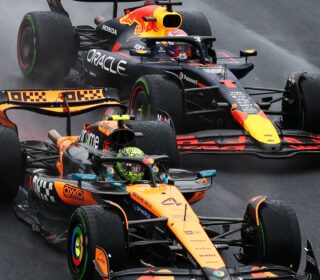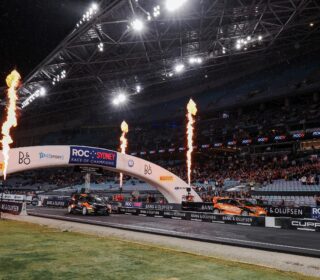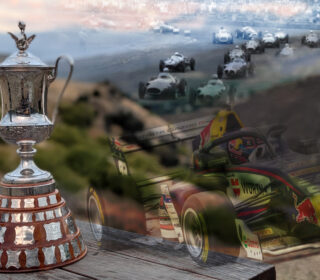Understanding the Legend of Bathurst
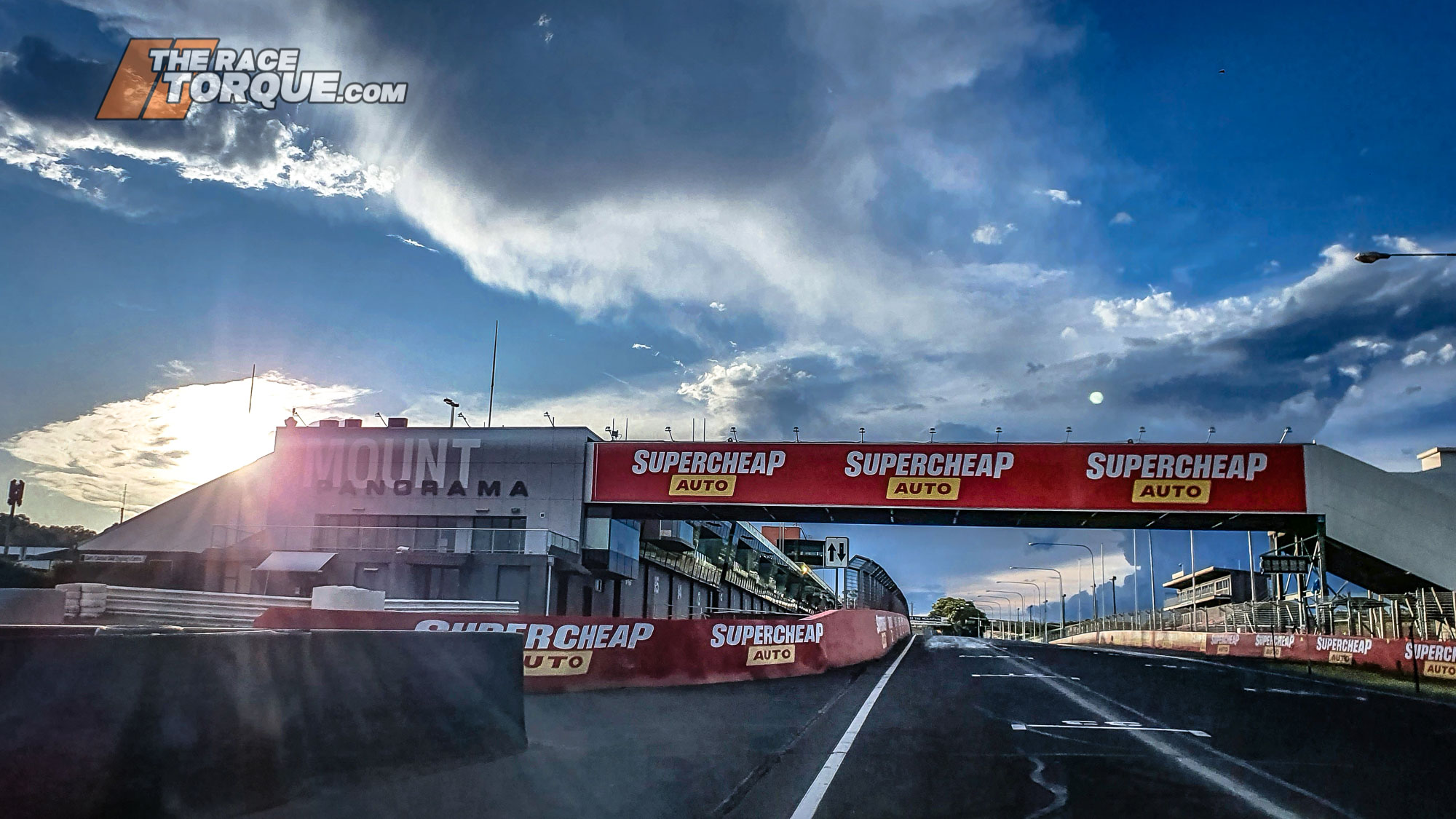
I’ve been coming to Bathurst for 26 years, and now it has been absolutely hammered home: anyone who laps the Mount Panorama Circuit at 100 per cent is a certified legend.
The Mountain towers above Bathurst, from most vantages around the city, those famed white letters near its peak gaze down on the plains.
It was a ridiculous layout in the 1930s, and unthinkable today, compared to the sterilised world we typically race in.
Every inch of the track has genuine history, name any stretch, and something infamous has taken place there.
And it has some serious ghosts, so many drivers, riders and members of the public have paid the ultimate price in answering the call of The Mountain.
Those who have raced there understand its aura, and fortunately, it’s an open public road for everyone else to get an approximate feel for what it is like to be a legend…
A holiday well spent
The unfortunate last-minute cancellation of some holiday plans forced a quick recalibration of destinations.
It’s not very often anyone bothers to give me advice, albeit good advice, and seldom the source of good ideas comes from within.
Prior to Christmas, on these pages, I posted a yarn about the options available for holidaying on Mount Panorama – and as it transpires, it was a bloody excellent call.
So, with my three-year-old loaded aboard Mum’s wagon, we embarked on a boy’s holiday away in Bathurst.
Of course, one of the main attractions of going to Bathurst is the opportunity to cut some laps of the best damn racetrack in Australia, or in the world, depending on whom you are arguing with.
It’s a wild concept – no other venue in the country gives mug punters the opportunity to circulate free of charge, all to their heart’s content.
Clearly, there are ground rules in place – you have to keep to 60km/h, also, you have to stick to the left-hand side of the road, and follow all of the other standing road regulations.
The speed limit is a given, hell, gravity will render modern car speed limiters useless in multiple places around the circuit, but by virtue of being anti-clockwise, most of the key apexes and kerbs are still in play on driver’s left.
Now, I’ve lapped the track before, many, many times.
The first occasion was on the back of a flatbed truck delivering the flag point supplies in sleet at 5am one race day morning.
Many others have been one-off happy laps when I’ve rolled into town pre-event, while a ton has been aboard the media bus, being expertly hurled from point to point between sessions on race weekends.
Back in 2014, team TRT completed a stack of laps, above – Editor Craill behind the wheel, the author swinging a GoPro wildly at the scenery from a long stick out the window.
Then there were the track walks – they are fine for looking at minute details, but you miss the feel of the motion of the ingrained lumps and bumps, and what they do to a car under propulsion.
However, I’ve never just cut laps and let it all soak in, gaining an understanding of why the cars and drivers do the things they do.
Fortunately, a three-year-old kid is good at being a passenger, and secondly, Bathurst’s attractions genuinely tuckered him out, so there were ample opportunities to tour the circuit long into the twilight after falling asleep on the drive home from dinner.
Also, when a late-night storm blasted through town one evening and we struggled to get back to sleep, I piped up with the offer to take him for a drive. At 3am.
It was kind of like Hardies Heroes – we had the entire tree litter debris-strewn track to ourselves.
However, the main difference was that we were very slow, nobody was watching, and absolutely nobody cared, except for the many roos lining Conrod Straight.
After an hour of cutting laps, neither of us was any closer to falling asleep…
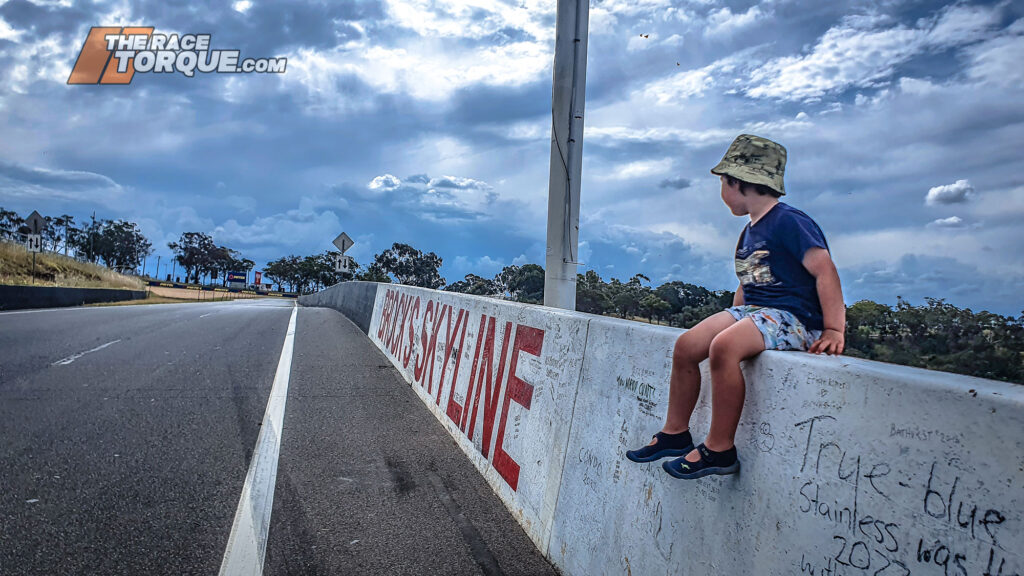
Impressions
Heading up pit straight, I caught myself a couple of times looking in my mirrors at the grid markings and the bridge, smiling. What a scene.
Hell Corner is so perfectly on camber, it simply draws you around the curve like a slot car, it is then for Mountain Straight.
Even from the high riding comfort of a seven-seat wagon, you can feel the lumps and bumps around the circuit, with many thanks to the crack sealant smeared across the bitumen, while one bump just before the Mountain Straight crest results in a proper jolt.
You’d imagine that wouldn’t be fun in a stiffly sprung GT3 rocket, especially in the wet.
Once over the lip, your forward vision on the horizon is filled with the more modern earthworks that provide the runoff space over Skyline – I wonder if any pro drivers peer up in wonder when they are circulating at pace.
The most striking thing about Griffiths Bend from a road car is the fact that the tyre wall is right in your face – the opening stack is really very close to the race line, and judging by the scars on the rubber belting, cars go in there hard, and they go in often.
The other interesting thing about the old Quarry Bend is the exit kerb – so often the blame for tyre issues in the Bathurst 1000 – and judging by the substantial leap at the end of the raised section back onto the track proper, it is clearly the kind of transition that would tear at highly stressed competition rubber under serious load.
I’d love to drive The Cutting in something more powerful than a soccer shuttle – the radius of the corner, the shape of the inside wall, and the camber on the road are all conducive to being attacked, yelling out for you to go harder against the steep incline.
Back in my data logging days, there were two sections of the track that without fail separated the hired gun pros and the wannabes, the first being the run under the tree before Reid Park.
It’s completely blind, curving away uphill and out of sight – the commitment required here is incredible, you would need complete faith in the car, and everything ahead of you being just right.
Take your brave pills, hope and pray.
There is one photo hole cut into the Reid Park catch fence, which at a 400mm focal length neatly captures an angle of cars popping a wheel in the air at the end of the kerb – at 60km/h you feel the drop, and you also get a sense of how close you are to the concrete. It’s. Right. There.
Doing that lap after lap at race pace requires something special.
I’d often catch myself grinning again on the run down towards The Grate, even if the ultimate turn-in point was off out-of-bounds on the right-hand side of the two-way street.
The Supercheap signage on the fence screams racetrack, while the tall cement BP Ultimate wall on the inside makes the turn unnecessarily blind.
That inside kerb to the left is massive in real life – hitting it at a shallow angle at a high rate of speed would induce a significant lift or result in a scrape with unyielding concrete.
A lot of the kerbs around the track are like that – they are a significant deterrent to getting overly aggressive.
McPhillamy Park is next, and offline at 60km/h on the downhill dive, you almost feel like you need to lift – that section must be a rush at speed, and unthinkable back in the day when there was no runoff.
Brock’s Skyline follows, and this is the other bit that separates the legends from the mortals.
You have zero references for what lies ahead until you have truly committed and are deeply around the Skyline drop – it’s one of the many corners where you hope the flaggies are entirely on top of their game.
Getting greedy on the Esses kerb, you understand how so many cars get spat sideways into the outside wall.
Whoever measured the steepness of the circuit got it wrong when they bestowed the gradient award to the Cutting – the Dipper has to be the greatest elevation change on the circuit, no doubt.
Gravity alone sees you quickly return to 60km/h, before the rollercoaster continues – perhaps the most off-putting thing on one particular lap was seeing three kangaroos peering over the wall at the left-hander prior to the Elbow.
Animal interference in this section at any speed would be ugly.
It’s also about here that my ears popped on most laps – that would be bloody irritating if it happened every 2min-something.
The run down into Forest’s Elbow itself seems to open up wide, perhaps this is just an optical illusion, but it must be enticing to have a dive after several kilometres of single-width race line.
Also, it’s easy to see why so many drivers clip the inside apex of the Elbow and fire into the outside wall head first Jason Bargwanna-style – the flat section of the wall marries up with the newer curved length at the perfect angle to catch the bottom of outstretched turning wheels.
By about the end of the wall that sent Dick Johnson on a shortcut back to Lithgow via the trees in 1983, the overspeed chime starts dinging, such is the force of gravity, before the left-hand kink in Conrod – a significant blind descending bend with no helpful camber.
It is somewhat surprising that outside of 1992 it hasn’t resulted in more major trauma.
The rollercoaster of Conrod provides one further blind crest on the last remaining hump, before the apron on the entry to The Chase opens up to the easy right-hander, which must be anything but easy at five times the speed limit.
Both of the last left-hand kerbs at The Chase and Murrays are steep and would have to be used in moderation, while the wiggles on the pit entry lane are open for public consumption, allowing common folk to play out the far-fetched fantasy that they successfully completed a stint in a Bathurst enduro.
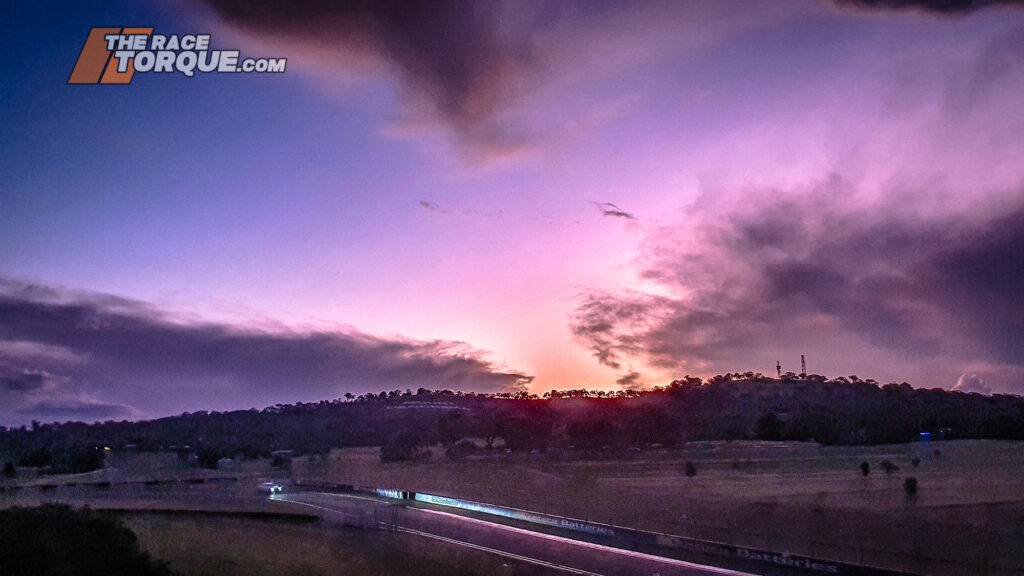
Ponderings
Staying at The Rydges Hotel on Conrod Straight is pretty ace any time, with the evenings seeing the various balconies packed with those watching the cars, bikes and pedestrians circulating, as well the three or four mobs of kangaroos that rule the pit campground.
The sun dropping down behind The Mountain is rather emotive, too.
Overhearing conversations, many visitors are clearly drawn to Bathurst to take in the racetrack.
Of the happy lappers, there’s a noisy minority who are clearly striving to put down some purple sectors, although that’s reasonably brave considering the regular police presence on track, who typically lapped clockwise to catch those that dared to challenge their authority.
On that, it was surprising the number of tourists who also circulated “the wrong way”, perhaps there would be value in a direction arrow at Murray’s Corner to help them out on their scenic journey.
Back to the lads being lads: the McPhillamy Park campground is an open reserve for people to visit, with many wags spotted absolutely cutting loose on the access roads and paddocks.
Animal-wise, the skippy infestation remains rampant, but we were more surprised by the Bluetongue Lizards, with two sunbaking under the Skyline walkway, and another split in two by the side of the road at the Elbow.
The Mountain is a dangerous place…



